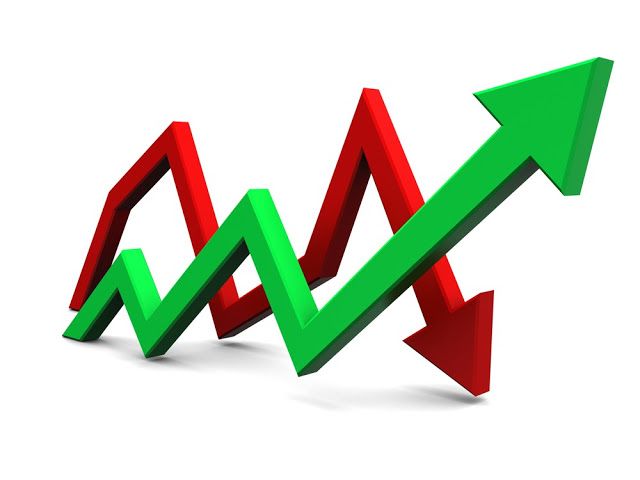A stock market crash is a sudden and dramatic decline in stock prices across a significant portion of the market. These crashes are often driven by a combination of economic, psychological, and systemic factors. Understanding the causes of stock market crashes can provide valuable insights for investors and policymakers alike. Here are some of the primary reasons behind market crashes:
1. Economic Recessions and Downturns
Economic recessions are a common trigger for stock market crashes. When an economy contracts, businesses generate lower revenues, unemployment rises, and consumer spending declines. These factors lead to a drop in investor confidence, causing widespread sell-offs.
Example: The Great Recession of 2008, triggered by the collapse of the housing market and financial institutions, led to a global stock market crash.
2. Speculative Bubbles
A speculative bubble occurs when asset prices rise far beyond their intrinsic value due to excessive demand and irrational exuberance. When the bubble bursts, prices plummet, causing panic among investors.
Example: The Dot-com Bubble of the late 1990s and early 2000s saw tech stock prices soar without sufficient earnings to justify their valuations. The eventual crash wiped out trillions of dollars in market value.
3. Market Panic and Herd Behavior
Psychological factors play a significant role in stock market crashes. Fear and panic can lead to herd behavior, where investors sell en masse, driving prices down further. This self-reinforcing cycle exacerbates the crash.
Example: The 1929 Wall Street Crash was fueled by panic selling as investors scrambled to liquidate their holdings, leading to the Great Depression.
4. High Leverage and Margin Trading
When investors borrow money to buy stocks, they increase their leverage. While leverage can amplify gains, it also magnifies losses. If stock prices drop significantly, margin calls can force investors to sell their holdings, accelerating the crash.
Example: During the 1929 crash, excessive margin trading contributed to the rapid decline as investors were forced to sell to meet margin requirements.
5. Global Events and Geopolitical Tensions
Global events such as wars, natural disasters, or pandemics can disrupt markets by creating uncertainty and reducing economic activity.
Example: The COVID-19 pandemic in early 2020 caused a sudden crash in global stock markets as countries imposed lockdowns and economic activity came to a halt.
6. Policy Changes and Economic Shocks
Sudden changes in government policies, interest rates, or economic conditions can destabilize markets. Investors may react negatively to unexpected moves by central banks or governments.
Example: In 1987, the “Black Monday” crash was partially attributed to rising interest rates and concerns about trade deficits.
7. Technological and Systemic Failures
In modern markets, technology plays a critical role. Systemic failures, such as trading algorithm errors or infrastructure breakdowns, can lead to abrupt crashes.
Example: The 2010 Flash Crash was caused by a combination of high-frequency trading algorithms and market imbalances, resulting in a rapid, temporary drop in stock prices.
8. Overvaluation of Stocks
When stock prices are significantly overvalued relative to earnings or economic fundamentals, markets are more susceptible to corrections. A realization of overvaluation can lead to a sudden crash.
Example: Overvaluation concerns in the lead-up to the 2000 Dot-com crash were a major factor in the subsequent market collapse.

